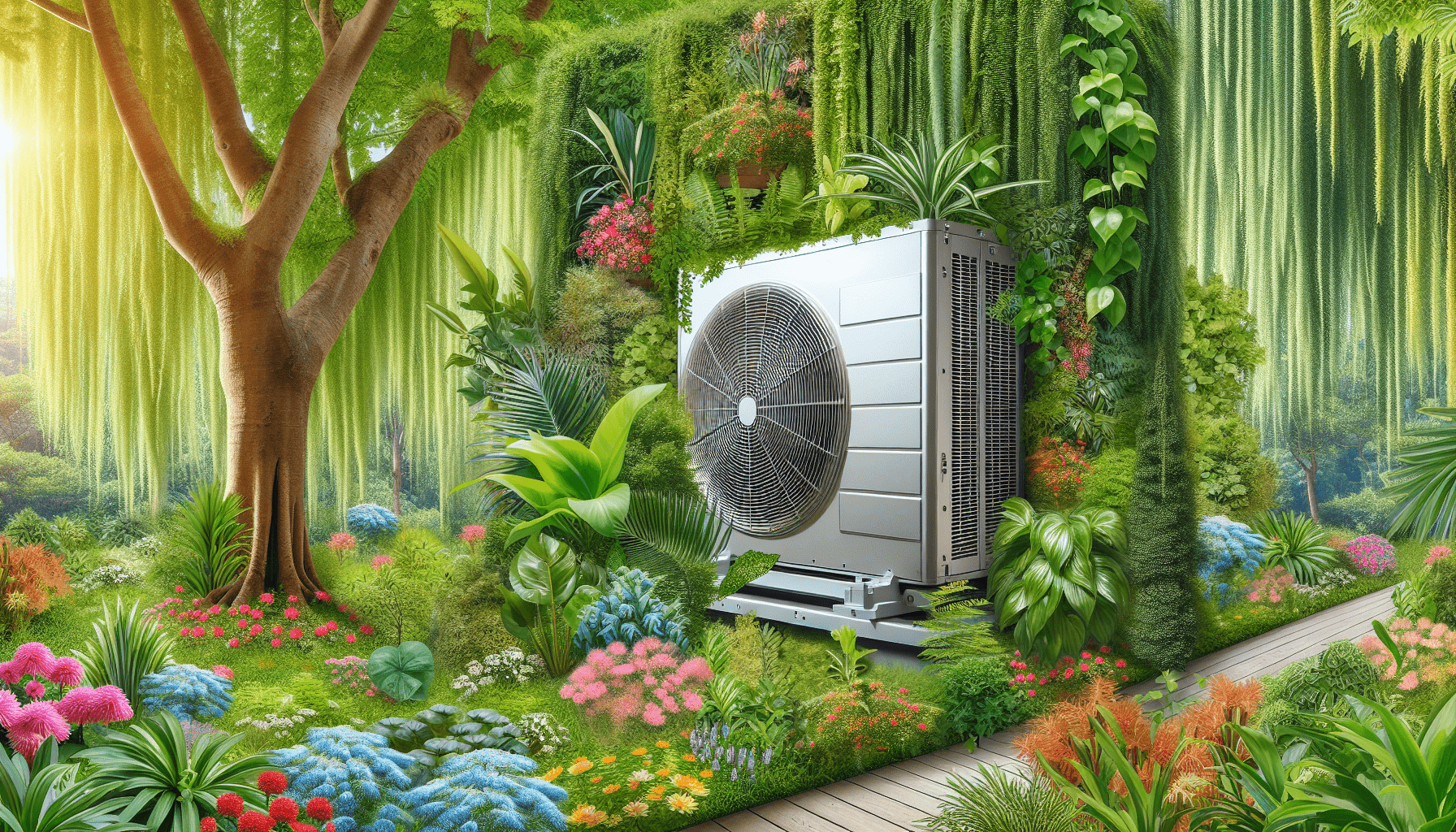

HVAC Services
Get Professional Repairs From The Area's Trusted HVAC Technicians. Ask About Our Services! We Offer Professional Heating & Cooling System Repairs And Guarantee Long-Lasting Results.
Got Question? Call us: (850) 678-2665Financing
Incorporating HVAC Systems In Landscape Design
Discover how to seamlessly blend HVAC systems into your landscape design. Enhance aesthetics, efficiency, and comfort with practical tips and creative solutions!

Have you ever thought about how heating, ventilation, and air conditioning (HVAC) systems can fit into your landscape design? It’s a topic often overlooked, which is a bit strange when you think about it. After all, HVAC systems play a significant role in our daily lives, and integrating them into the outdoor aesthetic could be just as important as choosing the right plants or patio furniture.
Understanding HVAC Systems
First, let’s get comfortable with what HVAC systems are all about. HVAC stands for heating, ventilation, and air conditioning. These systems regulate the temperature and air quality in your home, helping to keep it warm in the winter, cool in the summer, and fresh the whole year round.
The Role HVAC Systems Play
HVAC systems are essential for comfort and energy efficiency. They keep your living space pleasant regardless of external weather conditions and influence your energy bills. When planning to incorporate them into your landscape, consider how these systems work to ensure an efficient and effective installation.
Why Incorporate HVAC Systems into Landscape Design?
Wondering why you should consider blending your HVAC system with your outdoor layout? There are several compelling reasons to do so.
Aesthetic Improvement
An exposed air conditioning unit is not typically considered attractive. By designing your landscape to conceal or complement your HVAC system, you enhance the overall aesthetic of your outdoor space.
Functional Benefits
Thoughtful placement of your HVAC components can improve how they function. Proper airflow around units is crucial for their efficiency. Landscaping can help direct airflow and provide shade, reducing energy usage.
Environmental Considerations
Landscaping decisions can affect energy consumption and environmental impact. Shaded units do not work as hard to cool, meaning less power is used, cutting down on your carbon footprint.

Designing with HVAC in Mind
Creating a landscape that integrates HVAC systems requires a thoughtful approach. Here are some strategies you might find useful.
Planning Your Layout
Identify where your HVAC components will reside. Ensure they have enough space around them for maintenance and proper airflow. Avoid placing them in cramped spots or where debris may collect.
Selecting the Right Plants
Choose low-maintenance plants that won’t interfere with the HVAC’s operation. Avoid plants that shed excessively, as leaves can obstruct airflow. Opt for evergreens or shrubs with minimal leaf drop.
Hardscaping Around HVAC Units
You can use hardscaping elements to mask HVAC units without impairing their function. Fences, lattices, or screens can act as decorative barriers. Just be sure they allow for adequate ventilation and access for repairs.
How Location Affects Energy Efficiency
Where you install your HVAC system relative to your landscaping can impact its performance. Let’s explore how placement plays a role.
Shading for Cooling Efficiency
Placing your unit in a naturally shaded area can improve efficiency. When units stay cool, they’re less taxed and use less energy. Trees or strategically placed structures can provide the needed shade.
Wind Direction’s Impact
Be mindful of wind direction. Strong winds can prevent HVAC systems from operating efficiently, by blocking or hindering air circulation. Design barriers that deflect harsh winds but maintain open air paths.

Practical Tips for Incorporating HVAC Systems
To ensure a seamless integration, consider these practical tips.
Keep Units Accessible
Even if you’re hiding units behind structures or foliage, ensure they’re accessible for maintenance. Accessibility is crucial for peak performance and longevity.
Use Sound Buffers
HVAC systems can be noisy. Plants or fences can help dampen the sound. Choose materials that absorb sound effectively to maintain a peaceful environment.
Solar Integration
Consider incorporating solar panels into your landscape design. Solar paths or pergolas can contribute to powering your HVAC system, leading to savings and sustainability.
Potential Challenges and Solutions
Even the best plans encounter obstacles. Here’s how you can handle common issues you might face.
Obstacle: Growing Plants Impacting Units
Solution: Regular maintenance is key. Keep plants trimmed, and choose non-invasive species. Consider using planters instead of in-ground planting to control growth.
Obstacle: Visual Mismatch
Solution: Select materials and colors that harmonize with both your home and landscape. Uniformity creates a cohesive look, enhancing overall appeal.
Collaborating with Professionals
When in doubt, enlist the help of professionals. Experts in HVAC and landscape design can provide insights you might overlook.
Why Hire a Pro?
A professional can help optimize your HVAC integration design for efficiency and aesthetics. They understand intricacies that ensure both elements work hand-in-hand.
Choosing the Right Contractor
Look for contractors with experience in both HVAC systems and landscape design. Their dual expertise can help bring your unique vision to life with precision and creativity.
Seasonal Considerations for HVAC Maintenance
Your landscaping needs might change with the seasons, as do your HVAC demands.
Preparing for Summer
Ensure that shaded areas are free from debris and that airflow is unobstructed to optimize cooling. A tune-up can guarantee optimal performance during peak months.
Winter Readiness
In colder months, ensure accumulated snow or ice does not damage the unit or impede its function. Remove any obstructions that could prevent proper ventilation.
A Future-Proof Design
The foresighted integration of HVAC systems in landscape design can save you time and effort in the long run.
Safety and Regulations
Adhere to all local codes and safety guidelines when planning. Following these ensures both compliance and safety, protecting your investment.
Technological Advancements
Stay updated on the latest HVAC and landscape design technologies. Innovations could provide easier, more efficient ways to integrate systems in the future.
A Final Thought
Incorporating HVAC systems in landscape design might seem challenging, but with thoughtful planning, you can create a space that’s both beautiful and functional. Embrace the opportunity to blend technology and nature, enhancing the comfort and appeal of your home.
For more guidance or professional services, you might want to contact Tempacure Heating and Air Conditioning. They can be reached at:
Tempacure Heating and Air Conditioning
325 Cedar Ave S
Suite B
Niceville, FL 32578
(850) 678-2665
Visit Tempacure HVAC




